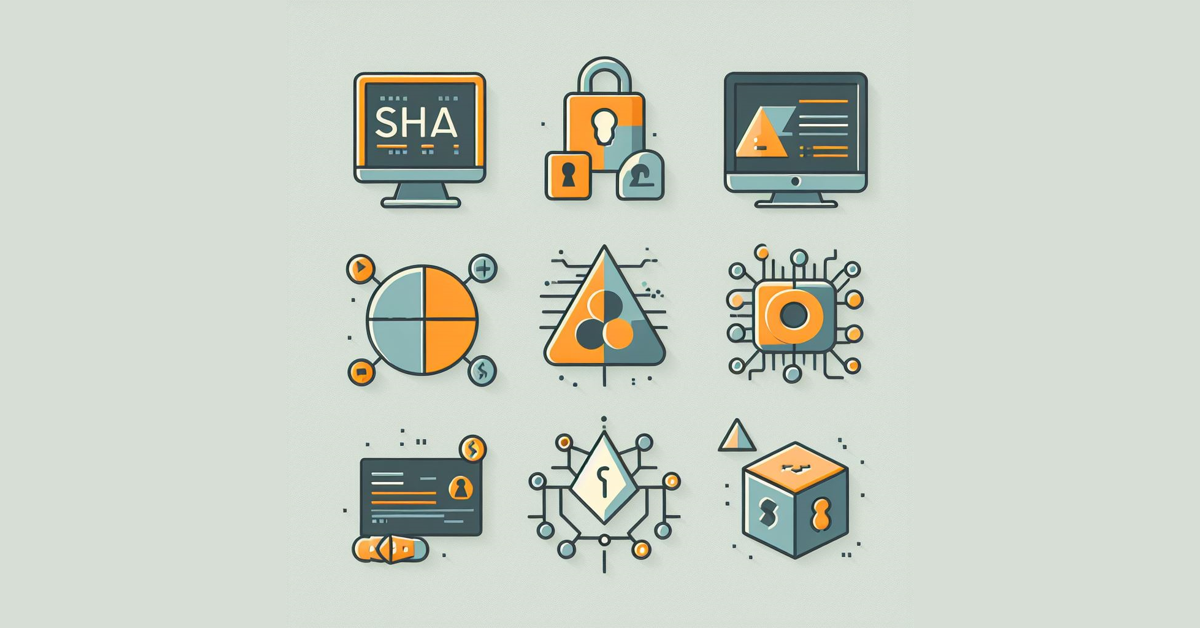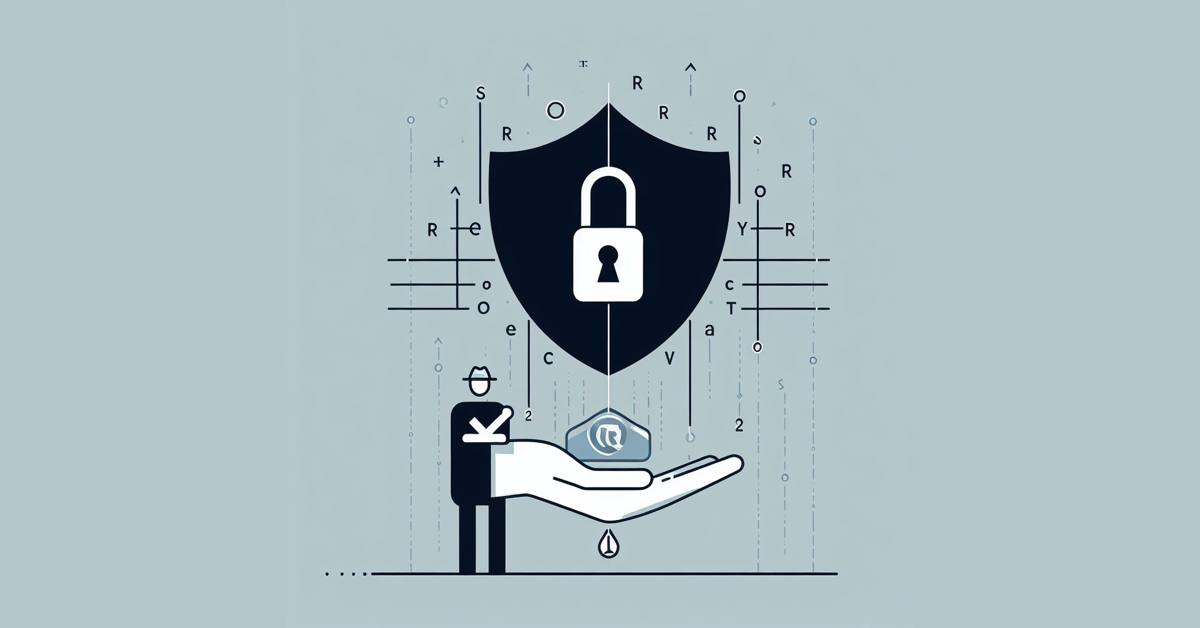Domain-Driven Design (DDD) is a game-changer in modern software development. It’s all about putting the real-world problem front and center when building software. Traditional methods often struggle with messy code and miscommunication between tech and non-tech folks. DDD fixes this by using a common language everyone understands and drawing clear lines around different parts of the system. This helps teams work together better and create software that’s flexible enough to grow and change with the business. In short, DDD makes software development smarter and more efficient.
🤡
How many programmers does it take to screw in a lightbulb?
It depends. Did you include the QA tester?
Domain-Driven Design (DDD) in a Nutshell
Domain-Driven Design (DDD) is a method for building software that puts the focus on understanding and representing the complexities of the business domain. It was introduced by Eric Evans and promotes collaboration between different stakeholders to ensure accurate software development.
Core Principles
Ubiquitous Language
- What it is: A shared and consistent language used by everyone involved in the project.
- Why it matters: Reduces misunderstandings and aligns intentions, fostering effective communication.
Bounded Contexts
- What they are: Clear boundaries within a system, each encapsulating a specific domain.
- Why they matter: Promotes modularity, scalability, and clarity by preventing mixing of concepts from different domains.
Importance of Ubiquitous Language
- Shared Understanding: Ensures a common understanding of the domain, reducing the risk of misinterpretations.
- Alignment of Intent: Aligns the intentions and expectations of stakeholders, promoting collaboration.
- Effective Communication: Facilitates communication between technical and non-technical stakeholders, making it easier to translate domain concepts into software design.
Benefits of Bounded Contexts
- Modularity: Encourages clean and maintainable software design by encapsulating domain logic within well-defined boundaries.
- Scalability: Allows independent scaling of development efforts, enhancing productivity and flexibility.
- Clarity and Focus: Highlights core concepts and rules within each domain, allowing developers to concentrate on specific logic without distractions.
DDD focuses on creating a common language and defining clear boundaries (bounded contexts) to accurately represent business domains in software, ensuring better alignment with business needs and adaptability to change.
Key Components of DDD
Entities and Value Objects
- Entities: Entities are like individuals in our domain, such as a Customer or an Order. They have a unique identity and can change over time.
- Value Objects: Value objects represent things like dates, addresses, or money amounts. They don’t have their own identity but are defined by their attributes, like the amount of money or the date.
Aggregates
Aggregates group related objects together. Each aggregate has a main object, called the aggregate root, which acts as the boss.
- Enforcing Consistency: Aggregates make sure that all changes to the group happen through the boss. This ensures that everything stays in order and consistent.
- Transactional Boundaries: Aggregates help in managing changes. They make sure that if one part of the group changes, all changes happen together. This is like making sure all the pieces of a puzzle fit before moving to the next step.
Repositories
- Purpose: Repositories are like libraries that manage our objects. They help us find, save, and delete objects without worrying about where they’re stored.
- Interface for Domain Objects: They provide a simple way to interact with our domain objects, hiding the complicated stuff behind the scenes.
- Decoupling from Data Access: Repositories help us keep our domain model separate from how data is stored. This makes it easier to change things later without causing a big mess.
Entities and value objects represent things in our domain, aggregates group related things together, and repositories help us manage and access our domain objects without getting tangled up in how they’re stored.
Implementing DDD
Strategic Design
- Context Maps: Visual diagrams showing how different parts of the system relate to each other.
- Domain Vision Statements: Clear statements outlining the goals and priorities of the project.
- Core Domain Identification: Pinpointing the most important and unique parts of the business.
Tactical Design
- Domain Events: Important changes or actions in the business that trigger reactions in the system.
- Domain Services: Functions or operations important to the business but not tied to a specific part of the system.
- Anti-Corruption Layer (ACL): Protects the integrity of the system when dealing with external systems or legacy code.
Testing
- Importance of Testing: Ensures the system behaves correctly and meets business needs.
- Behavior-Driven Development (BDD): Collaboration-focused testing method using clear, user-focused scenarios.
- Testing Techniques: Unit testing (testing individual parts), integration testing (testing interactions between parts), and acceptance testing (testing against user requirements).
By applying these principles and techniques, teams can build software that accurately represents the business while staying adaptable and reliable.
Benefits of DDD
Enhanced Collaboration
- Shared Language: DDD promotes using a common language, making it easier for everyone involved to understand and discuss the project.
- Team Collaboration: It encourages teams to work closely together, ensuring everyone’s input is valued and considered.
- Continuous Feedback: DDD emphasises regular feedback loops, helping teams stay aligned and ensuring the software reflects the business needs accurately.
Improved Maintainability
- Focus on Core Domain: By prioritising the most important parts of the project, DDD helps teams allocate resources effectively and build a more robust system.
- Modular Structure: DDD encourages breaking down the project into manageable parts, making it easier to understand and modify without causing disruptions.
- Clear Separation: It advocates for separating different concerns within the project, reducing the risk of unintended side effects and simplifying maintenance.
Better Adaptability
- Evolutionary Design: DDD supports gradual improvements over time, allowing the project to evolve alongside changing requirements.
- Messaging Patterns: By using messaging patterns, DDD enables smoother integration with other systems and easier implementation of new features.
- Flexibility: DDD promotes flexible designs that can easily accommodate future changes, making it easier to extend or modify the project as needed.
Domain-Driven Design offers practical benefits such as improved teamwork, easier maintenance, and adaptability to changes. By embracing DDD principles, teams can build software that not only meets current needs but also adapts well to future challenges.
Challenges and Considerations in Domain-Driven Design (DDD)
Learning Curve
DDD can be tough to grasp at first, especially for teams used to traditional methods. Learning about new concepts like bounded contexts and ubiquitous language takes time and patience.
Overcoming the Learning Curve
- Training and Practice: Offer training sessions and hands-on exercises to help team members get comfortable with DDD concepts.
- Start Small: Begin with simpler projects or parts of the system to ease into DDD gradually.
- Mentorship: Pair up less experienced team members with DDD experts for guidance and support.
Modeling Complexity
Modeling complex domains accurately can be tricky. Breaking down big problems into smaller, more manageable pieces and focusing on the most important concepts can help.
Strategies for Simplification
- Break It Down: Divide complex domains into smaller parts or bounded contexts to make them easier to understand and work with.
- Focus on the Core: Identify and prioritise the most crucial aspects of the domain to model first.
- Work Together: Collaborate with domain experts and other team members to ensure everyone’s on the same page.
Team Alignment
Getting everyone on board with DDD is crucial for success. Make sure everyone understands the principles and objectives of DDD and works together towards them.
Importance of Team Alignment
- Clear Communication: Keep communication channels open and encourage team members to share their thoughts and concerns.
- Learn Together: Foster a culture of learning and improvement, where everyone feels comfortable asking questions and sharing ideas.
- Work as One: Emphasise the importance of teamwork and collaboration to achieve DDD’s goals effectively.
By addressing these challenges head-on and working together as a team, you can overcome obstacles and make the most of Domain-Driven Design in your projects.
Domain-Driven Design (DDD) revolutionises software development by emphasising a shared understanding of the problem domain and clear boundaries within the system. By fostering collaboration and aligning software with real-world concepts, DDD enables teams to create more maintainable and adaptable solutions. While it may initially seem daunting, the benefits of DDD, such as improved scalability and alignment with business objectives, make it a worthwhile investment for any development project. Embracing DDD principles empowers teams to tackle complexity effectively and deliver software that truly meets the needs of users and stakeholders, ultimately leading to greater success in today’s dynamic tech landscape.



